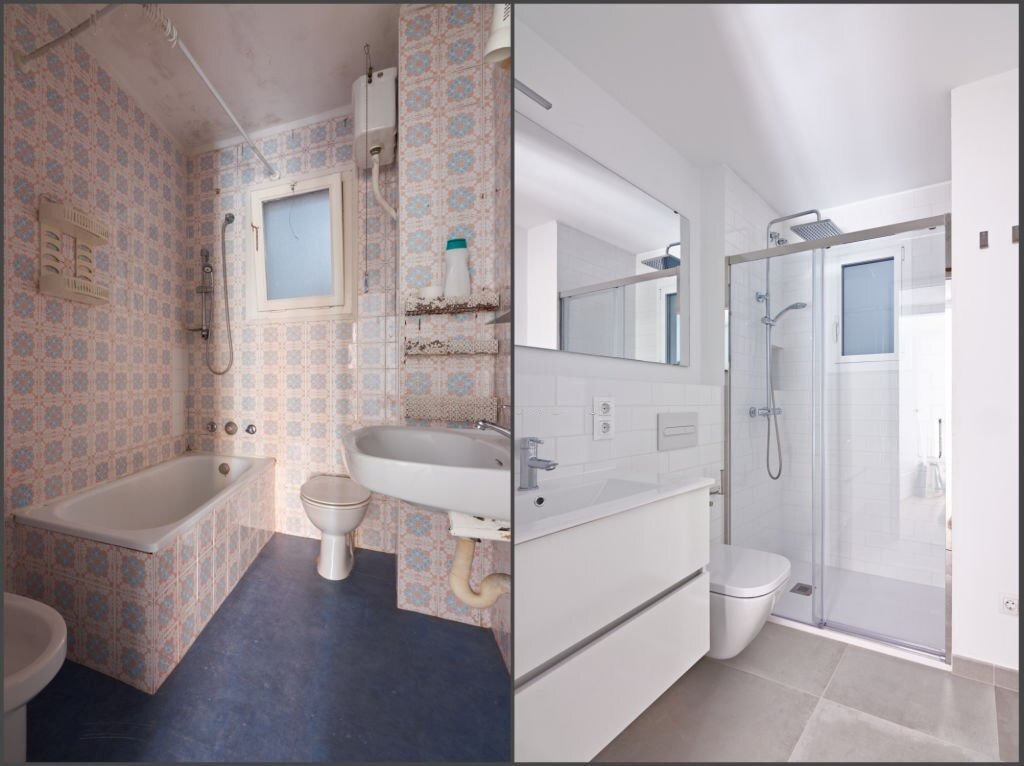Accessory Dwelling Units (ADUs)
Accessory Dwelling Units are a creative and practical way to construct much-needed housing. An ADU is defined by the fact that it is a supplementary dwelling unit rather than by a specific structural form. However, it’s only reasonable to want to see a notion in action when we’re learning about it. A growing number of families are turning to ADUs as practical, inexpensive housing choices to support the well-being of their loved ones. It pays to be ready if you’re considering constructing an ADU. As more towns, counties, and homeowners get interested in dwelling houses as one way to boost the availability of affordable housing. Because of this, here is the definitive guide to ADUs, which will bring you through all the key factors you should think about and the main construction procedures of attached houses.
ADUs are also known as:
- Attic apartment
- Garage conversion
- Mother-in-law suite
- Backyard cottage
- Backyard House
- Basement apartment
- Carriage house
- Mother-in-law unit
- Secondary dwelling unit
- Garden Cottage
- Granny flat
Imagine it as an apartment, but one that isn’t in a complete apartment building. Remember that tiny dwellings may not always be considered ADUs if they lack foundations and utility hook-ups and that mobile homes or trailers are not considered ADUs—ADUs must be permanent homes.
What Advantages Do ADUs Offer?
- Because they don’t involve investing in land, significant new infrastructure, organized parking, or elevators, ADUs are a cheap form of housing to build.
- ADUs are constructed using a cost-effective wood frame, which is much less expensive than dwellings in brand-new multifamily infill structures.
- ADUs are a good option for young individuals, the elderly, couples, small families, and groups of friends since they may offer as much living space as many freshly constructed flats and condominiums.
- ADUs enable homeowners to share independent living spaces with family members and others when their loved ones need additional care, allowing elders to age in place.
How Much Do ADUs Cost?
ADUs can cost as little as $100 per square foot and as much as $500. seem to be costly? One factor is the comparatively low cost of construction for living areas like family rooms and bedrooms. On the other hand, bathrooms and kitchens are not. Additionally, an ADU often has a significantly larger proportion of kitchen and bathroom space than a living area.
Of course, a lot of what you pay depends on where you reside and whom you work for. In the rural Midwest, you would easily be able to construct an ADU of 700 square feet on your own for far less than $50,000. If property taxes rise, the amount should be minimal in comparison to the primary dwelling. Additionally, utility and maintenance expenses will be minimal if an ADU is well-designed, constructed following industry best practices, and assembled using the finest quality building materials.
What Kinds of ADUs Are Available?
ADUs may be classified into three main categories: detached buildings that are entirely distinct from the main house, attached apartments with separate entrances, and attached internal units with shared or private entrances.
Detached ADUs
Detached structures are ADUs that are erected elsewhere on the same piece of property as the original home, as their names imply. The majority of towns require detached ADUs to have their utilities and do not share any walls with the principal house. Detached ADUs will thus require their mechanical equipment and utility hookups. Detached homes are thus more expensive to build, but they may also provide their residents more solitude, which is good news for property owners planning to rent the home out.
External Attached ADU
The attached exterior units have at least one wall in common with the main house, unlike detached external units. The majority of attached exterior ADUs may be considered separate units because they have entrances and utility connections. Despite this, connected flats are often far less expensive to build, which would encourage more homeowners to try building their own.
Internal Attached ADU
The associated internal unit is the last kind. These components are completely incorporated into the current framework, as their names imply. However, the extra units may be attic or basement apartments. In any case, the accessory dwelling unit shares all of its walls with the main home. They frequently share mechanical equipment and utility services with the main unit. These units are the most prevalent ADU dwelling houses, partly because of their completely integrated design.





Leave a Reply
Want to join the discussion?Feel free to contribute!